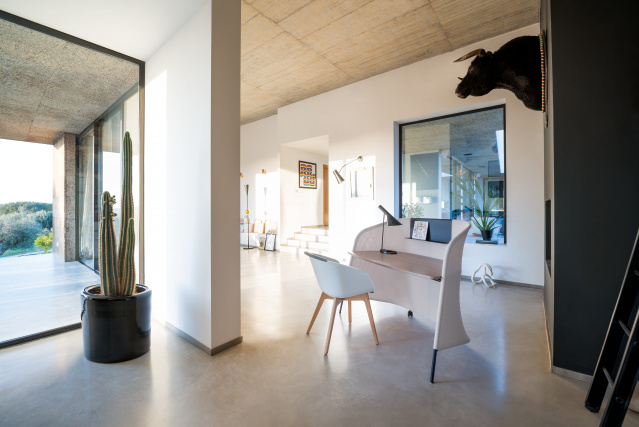Wellbeing and ergonomics are just as important for those working from home
The use of the term ‘ergonomic’ to describe the design of objects is useful but it doesn’t really tell the whole story. Ergonomics is about the relationship between a person and the things around them. It’s an abstract idea, weaving together the disparate strands of context and usage. And when those strands change, what we understand to be good ergonomics changes too.These things are true for both office based staff and those working from home.
The core principles of workplace ergonomics as we now understand them came to massive prominence in the wake of the intensive growth in the use of computers. The echos of the fixed view it created remain – of desk-bound employees sitting at a desktop computer in the same time and place every day.
Some people still work in this way, but many do not. And, for the time being and the first time ever, the majority do not. It’s something we need to talk about, especially if people are working in fixed ways for extended periods in the home.
People who work from home are likely to be storing up problems related to poor ergonomics and their wellbeing. No workplace would countenance staff working in armchairs or on a four legged chair at a table for hours at a time. Those may be welcome features in an agile working environment, but the idea remains that people should move.
The health and safety issues involved are complex, but all rely on one fundamental principle. People have the same rights and needs wherever they are. The company has the same obligations to its homeworking employees as it does to its office based staff.
Remote control
In the UK, many of these obligations are laid out in the Health and Safety at Work Act (HSWA) and include the need to supply appropriate equipment, carry out risk assessments, offer training and generally provide a safe working environment. Related legislation such as the Display Screen Equipment Regulations are just as applicable for people working from home as they are when working in an office.
However, this is not a matter solely about equipment and legislation. It is also about management. We all have an obligation to accept that it is clearly not acceptable to work with a laptop on our knees for hours at a time. We wouldn’t do it in the office, so we shouldn’t do it at home.
Tablet PCs present their own unique ergonomic challenges because users typically hold them low down, creating an instantaneous poor posture. The problem has been labelled by a research team from the Harvard School of Public Health in the United States, in a 2012 study of laptop users published in the journal Work, in which researchers measured the head and neck movements of each user.
The results showed that tablets which were held in the lap caused greater bending of the head and neck leading to neck and shoulder pains. The author of the study Dr Jack Dennerlein said the following about the results: “Compared to typical desktop computing scenarios, the use of tablet computers is associated with high head and neck flexion postures, and there may be more of a concern for the development of neck and shoulder discomfort. Only when the tablets were used in the table-movie configuration, where the devices were set at their steepest case angle setting and at the greatest horizontal and vertical position, did posture approach neutral. This suggests that tablet users should place the tablet higher, on a table rather than a lap, to avoid low gaze angles, and use a case that provides steeper viewing angles. However, steeper angles may be detrimental for continuous input with the hands.”
A new approach
New technology and new ways of working both demand a new approach to ergonomics, based on providing people with the right equipment and especially seating. But management and cultural issues also make a huge difference. In many ways schools provide a perfect model of contemporary ergonomics because they offer a holistic solution based on the needs of a mobile and active user and a variety of settings for different tasks. This is not based solely on an ergonomic product but on an appreciation of the relationship between people, the way they work, the place they do it in and the stuff they surround themselves with.
Wherever we work, many of us would benefit from frequently varying the position in which we work throughout the day, even working standing up for some periods. At the very least, regular breaks should be taken to stretch and walk about. Workplace products such as chairs can help by being designed and adjusted to encourage movement, but culture and work patterns are just as important.
Ergonomics is an issue that relies on the entire workspace, wherever that happens to be. It is about knowledge, culture and variety, not least when it involves working with contemporary technology or when working from home. Not only do we need to train people to understand the importance of using technology in the most appropriate way for their context, we need to encourage them to move.
